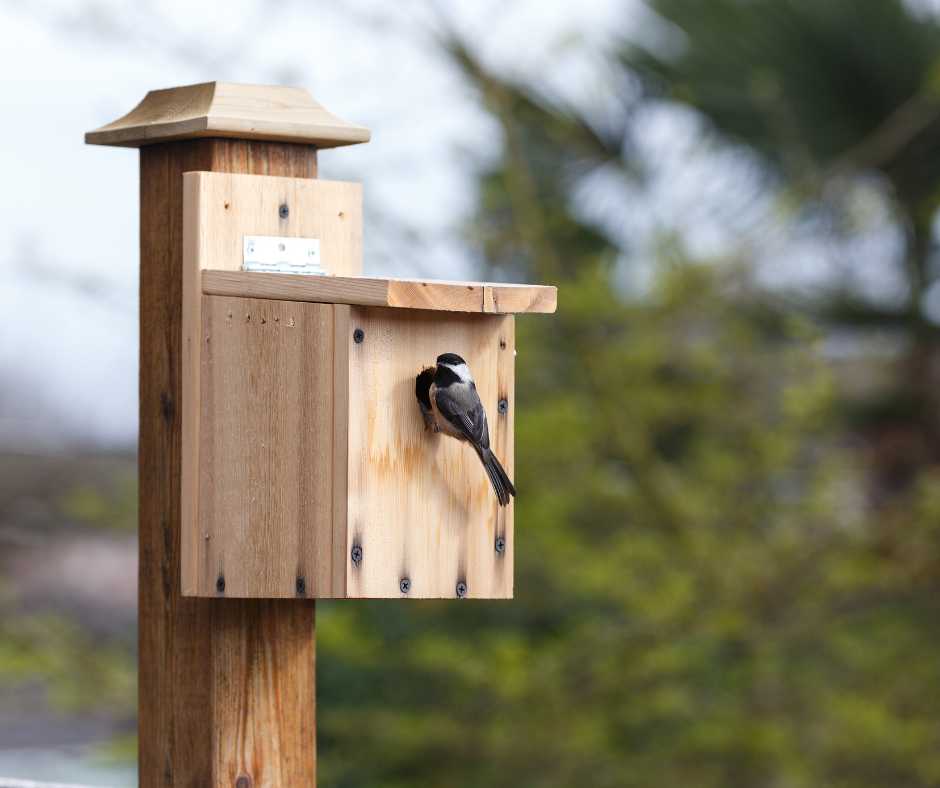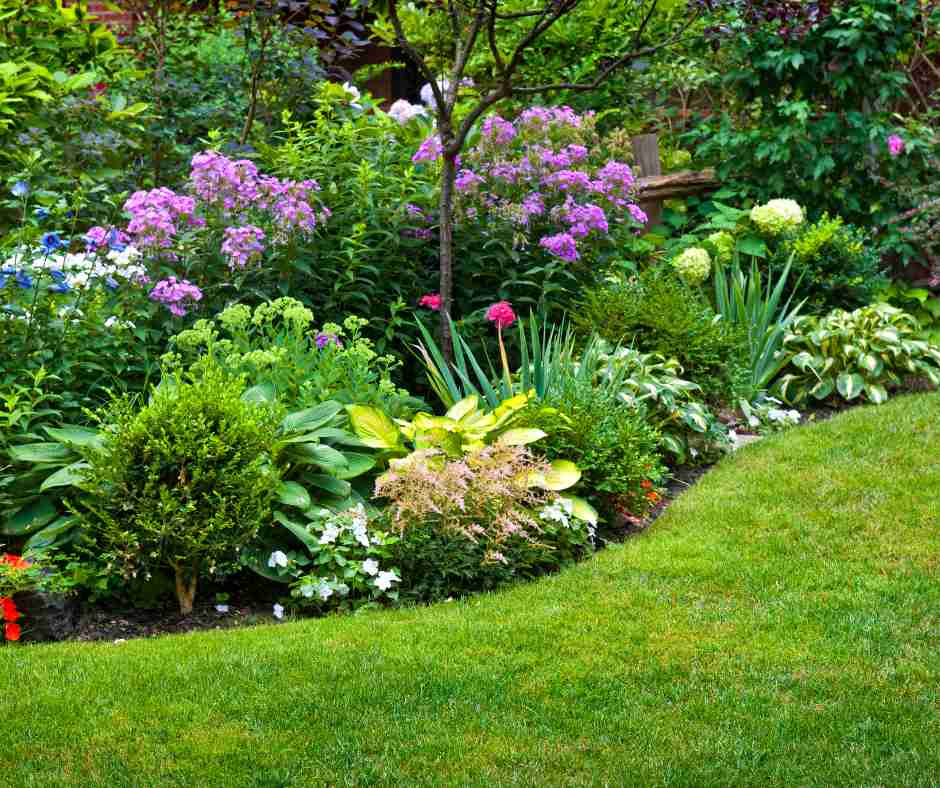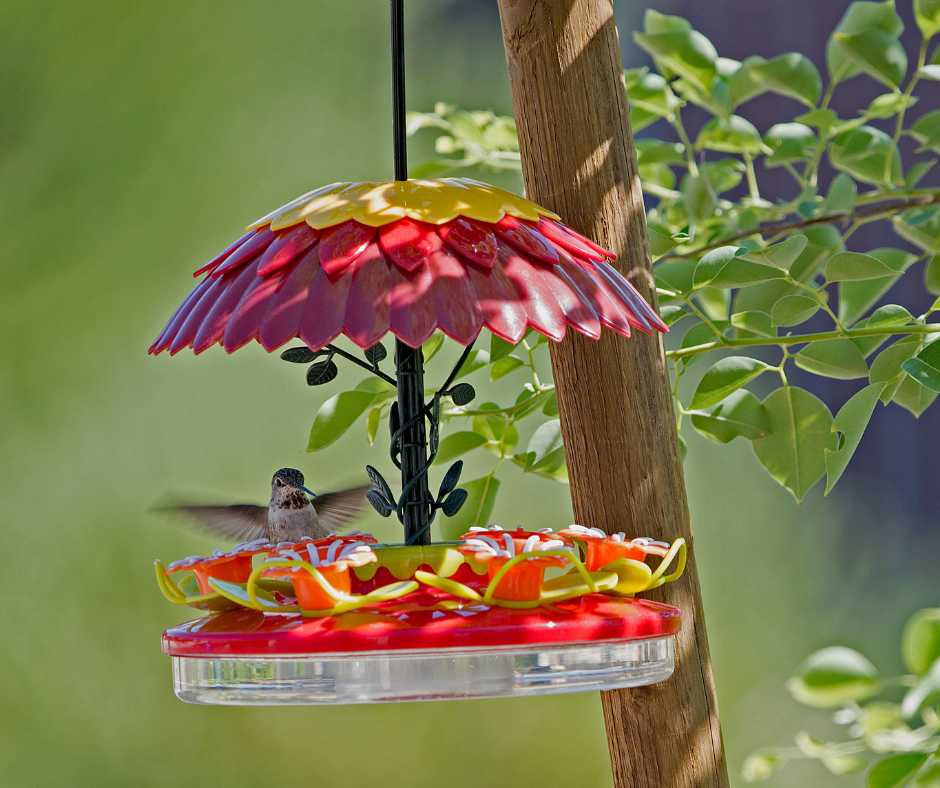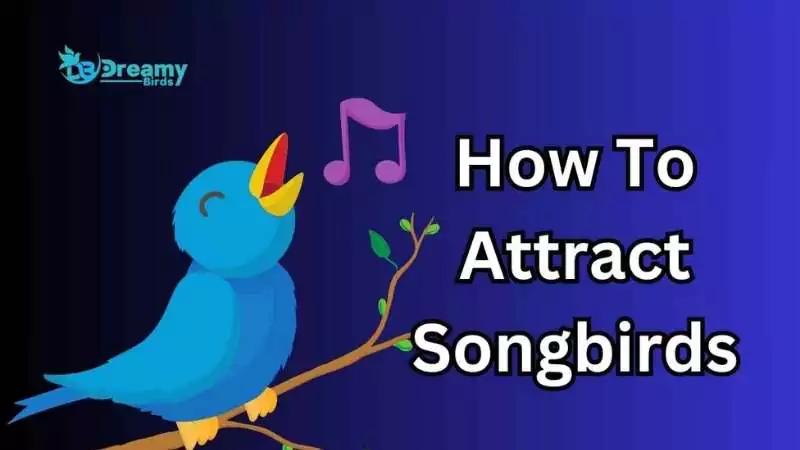Did you know that creating a haven for songbirds can transform your garden into a vibrant sanctuary filled with music and life? It’s true! With the right approach, it’s possible to invite these melodious visitors into your space, where they can thrive and enchant you with their songs.
In this guide, we’ll share 10 essential steps to make your garden irresistible to songbirds. From the importance of water and shelter to the allure of colorful flowers and diverse feeding options, we’ve got you covered.
We’ll also dive into the significance of fragrance in attracting songbirds, the best practices for feeder placement, and the critical role of birdbaths in creating a welcoming environment.
Let’s create a symphony in the garden together, starting with these foundational steps to attract songbirds.
10 Essential Steps to Attract Songbirds to Your Garden
Attract songbirds to your garden with these ten steps:
1) Offer water and shelter.
2) Provide varied foods like seeds and nectar.
3) Add aromatic plants.
4) Decorate with colorful flowers.
5) Use different feeders.
6) Place feeders safely.
7) Keep water clean and accessible.
8) Cultivate a diverse native plant landscape.
9) Protect against predators.
10) Maintain feeders and habitats year-round.
Step 1: Quick Wins for Immediate Attraction
Are you looking to make your garden a hub for songbirds? It’s easier than you think—focus on providing water and shelter. A birdbath isn’t merely decorative; it’s a vital spot for birds to drink and cool down, so keeping it clean is important. The Cornell Lab of Ornithology highlights the importance of such features for attracting birds.
Also, giving birds places to hide, like in thick bushes or birdhouses, keeps them safe. But making your garden friendly for birds doesn’t end there. Adding plants that grow naturally in your area and putting up different kinds of bird feeders can make your garden a perfect spot for them.
This mix of water and safety is like rolling out a welcome mat for the birds, making your garden a place they love to hang out.

Step 2: Selecting the Right Songbird Foods
Picking the right bird food is like cooking special meals for guests with different tastes. Birds love sunflower seeds, suet, and nectar. These aren’t treats; they’re important meals for them. The National Audubon Society says these are the best foods to attract lots of songbirds to your yard.
Birds like different foods because of their beaks and what they need to eat. For instance, many birds love sunflower seeds, like many people love pizza. Suet is great for giving birds energy when it’s cold, and nectar is perfect for attracting hummingbirds to your garden.
Mixing these foods in your feeders will make your garden a favorite place for many songbirds. You’ll feed them and fill your garden with their beautiful songs and colors. It’s a way to bring nature closer and enjoy watching the birds that visit.
Step 3: Utilizing Natural Scents to Lure Songbirds
Did you know the smell of your garden can bring more songbirds over? It’s not about having lots of colors or different seeds. Smelling sweet things like lavender, rosemary, and mint can make birds want to visit.
Birds love looking at things and listening to sounds, but they also get curious about certain smells. Adding these smelly plants makes your garden more enjoyable for birds and helps many plants and animals live there.
It’s not for making the air friendly for us; it’s about making a place where birds want to return. By doing this, your garden can become a popular spot that birds love to hang out in.
Step 4: Decorating with Colors That Attract Songbirds
Making your garden a home for songbirds is like painting a picture with plants. Bright flowers like red, yellow, and purple are super inviting to birds. They’re like giant, colorful signs that say, “Hey birds, come over here!”
Why do birds love these colors so much? These colors usually mean food around, like juicy fruits and flowers full of sweet nectar. Planting these flowers is like setting up a welcome sign for birds.
But it’s about something other than looking pretty. These colors help birds find their food super fast. And if you plant flowers that bloom at different times, there’s always something for the birds to eat.
So, when you pick these colors for your garden, you’re not making it look nice; you’re also giving the birds a place to find something to munch on. This way, your garden becomes a fun place for birds to hang out all year round.

Step 5: Choosing and Placing the Best Bird Feeders
When it comes to turning your garden into a hotspot for songbirds, not any feeder will do. The secret? Knowing which feeders attract which birds. Tray feeders, tube feeders, and nectar feeders bring a different crowd to the yard. For a deep dive into feeder types and their specific bird appeals, Happy Garden has got the scoop.
Tray feeders are great because many birds can eat from them at once, but watch out, squirrels like them, too! Tube feeders are perfect for little birds. They can sit and eat quickly. And if you want to see hummingbirds or orioles, use a nectar feeder; they love the sweet stuff.
Where you put the feeders is super important. You don’t want birds to bump into windows or feel scared of animals that might hurt them. If you pick a good place where birds can see around them but still feel safe, your garden will be a favorite spot for all kinds of birds to come and eat.
Step 6: Finding the Optimal Location for Bird Feeders
Picking the right spot for your bird feeders is vital if you want to watch many birds. You’ve got to find a place where birds can see danger coming but still feel safe. Putting feeders close to trees or bushes means birds can hide if needed.
But, make sure feeders are close enough to windows because birds might crash into them, and not too deep in the bushes where only the bravest birds would go. The best place is somewhere easy for birds to get to, where they can quickly find shelter but still feel safe to eat.
This way, your garden becomes a peaceful spot where birds love to hang out, and people who love nature can enjoy watching them live together nicely.

Step 7: Creating a Water Sanctuary with Birdbaths
A birdbath is a hangout spot where birds can drink, cool off, and play in the water. To make birds love your garden, keeping the birdbath water clean and easy for them to get to is essential.
BirdWatching HQ says you should clean it often so it stays nice and doesn’t get slimy. Where you put the birdbath is important, too. It needs to be safe for birds but not too hidden. Finding the right spot means birds will come by more often.
If you take good care of your birdbath and put it in a good place, your garden will become a cozy bird stop. It makes your outdoor space lively and fun, with birds feeling right at home.
Step 8: Planting a Diverse and Inviting Landscape
Making a garden bird’s love is more than putting out food and water. You’ve got to set up a spot where they feel at home. This means planting lots of different plants from around here. These plants are great because they give birds food, like berries and bugs, and places to hide and build nests where it’s safe from predators.
Planting tall trees, middle-sized bushes, and small plants on the ground is like making a big, comfy house for all kinds of birds. Putting these plants in your garden makes it look nice and a place where birds want to come and sing. It’s like your garden becomes a big, happy family of plants and birds living together.
Step 9: Implementing Natural Protection Strategies
Making a safe place for songbirds in your garden means protecting them from dangers and giving them what they need, like food and water. Putting birdhouses up high where it’s hard for other animals to reach can give birds a safe place to stay. Adding guards to the poles of bird feeders can stop animals from climbing up.
How you arrange your garden is vital for keeping birds safe. Thick bushes or plants with thorns close to where birds might nest can help protect them from being caught by surprise. It’s also good to keep pets, like cats, in the house or maybe in a special outdoor area for them so they don’t chase after the birds.
Growing different plants and having insects around can attract birds and their friends, which helps everyone look out for each other. Doing these things makes your garden a safe place for birds to visit, filling it with their singing and making it a unique spot full of life.
Step 10: Maintaining a Bird-Friendly Environment Year-Round
Want your garden to be a favorite spot for birds all year? Here’s a tip: keep things tidy and welcoming. Make sure to fill up and clean bird feeders so no germs spread. For birdbaths, keep the water clean and not icy. You might need a little heater or change the water often to stop it from freezing.
Plants and thick and robust branches give birds an excellent place to hide and stay safe. Also, check where birds like to nest and ensure they’re secure. Remember to change things up with the seasons.
In the spring, add plants that bugs like because birds eat those bugs. In the fall, leave some leaves on the ground for birds to search for food. Doing these things all year ensures birds always find your garden a great place to visit. It turns your garden into a busy, happy place filled with bird songs.
You may also read: How to Attract Mockingbirds
Living in Harmony: The Human-Songbird Coexistence
Making a garden where people and songbirds get along shows how we’re part of nature, too. Our gardens are for something other than looking pretty; they’re homes for many animals. By adding plants that grow around here and places for birds to drink and stay safe, we make our gardens good spots for birds to live and eat.
Being careful, like keeping cats inside and putting unique stickers on windows, helps keep birds safe. Doing these things means our gardens are friendly places for songbirds. These small choices help us enjoy the birds’ beauty and songs and help look after them.
Being close to nature makes our lives better, reminding us how everything in the world is connected. If we’re kind and think about others, we can make a place where people and birds do well together, filling our gardens with life and happy sounds.
Read more: How to Attract Indigo Buntings

People Also Asked
What’s the quickest way to attract songbirds?
Providing water and shelter is an immediate draw for songbirds. For more, see Cornell Lab of Ornithology’s tips.
Which food attracts the most songbirds?
Sunflower seeds are universally appealing. Visit the National Audubon Society for more on bird foods.
Do birds have a sense of smell?
Yes, though more developed than sight and sound, some scents can attract birds. Gardening Know-How provides insights into fragrant plants that attract birds.
What type of bird feeder should I use?
Diverse feeders appeal to different birds. The Spruce offers an overview of bird feeder types.
How do I maintain a birdbath?
Keeping water clean and accessible is vital. BirdWatching HQ has great birdbath maintenance tips.
Wrap Up
You’re about to make your garden a busy place full of songbirds by trying these ideas. This adventure does more than make your yard look nice; it fills your days with happiness and these birds’ beautiful sights and sounds.
Every choice, like picking the best bird feeders or growing many different plants, adds a special touch to your garden’s song. Whether you’re starting or have been at it for a while, remember this isn’t only about the birds. It’s about connecting with nature and making a place where people and birds live well together.
Get ready for a beautiful journey with the fantastic music-makers of the natural world.

